Get Started with LaTeX: A Step-by-Step Beginner's Tutorial
Category: Latex
Date: 6 months ago
Views: 362
Getting Started with LaTeX: A Beginner's Guide
Introduction: LaTeX is a powerful typesetting system commonly used for creating documents with professional quality typesetting. It's particularly popular among academics, scientists, and researchers for writing papers, theses, and technical documents. This beginner's guide aims to introduce you to the basics of LaTeX and help you get started on your journey to creating beautifully formatted documents.
What is LaTeX?
LaTeX, pronounced "lay-tech" or "lah-tech," is a typesetting system that allows users to create documents with high-quality typesetting. Unlike word processors such as Microsoft Word, LaTeX uses markup language to define document structure and formatting. This separation of content and presentation enables users to focus on the content while LaTeX takes care of the formatting.
Getting Started:
To start using LaTeX, you'll need to install a LaTeX distribution such as TeX Live (available for Windows, macOS, and Linux) or MiKTeX (Windows). These distributions include all the necessary tools and packages to work with LaTeX.
Once you have LaTeX installed, you'll typically use a text editor to write your LaTeX documents. Popular choices include TeXworks, TeXShop, and Overleaf (an online LaTeX editor). Simply open your chosen text editor and create a new file with a .tex extension.
Basic Structure:
A LaTeX document typically consists of two main parts: the preamble and the document body.
Preamble: The preamble comes before the
\begin{document}command and is where you define the document class, load packages, and set document-wide formatting options.Document Body: The document body is where you write the actual content of your document. This includes text, headings, lists, equations, tables, and more.
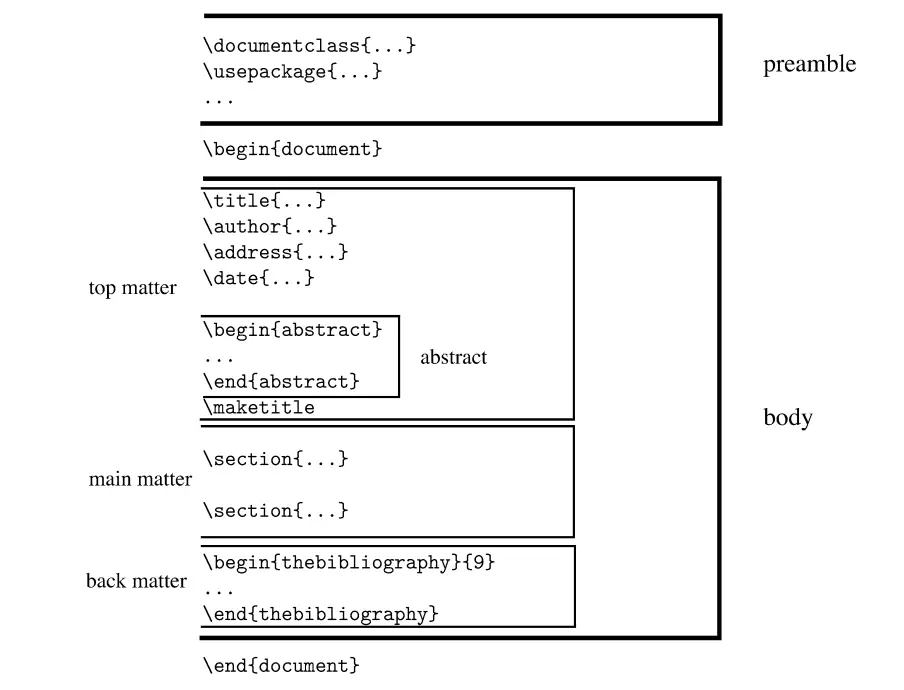
Example:
\documentclass{article}
\usepackage[utf8]{inputenc}
\usepackage{amsmath}
\title{My First LaTeX Document}
\author{Your Name}
\date{\today}
\begin{document}
\maketitle
\section{Introduction}
This is the introduction to my document.
\section{Main Content}
Here's some text in the main body of the document.
\subsection{Subsection}
This is a subsection.
\subsubsection{Subsubsection}
And this is a subsubsection.
\section{Conclusion}
Finally, we conclude our document.
\end{document}
Compiling Your Document:
Once you've written your LaTeX document, you'll need to compile it to produce a PDF output. Most LaTeX editors provide a button or menu option to compile your document.
During the compilation process, LaTeX will process your source code, generate the necessary auxiliary files, and produce the final PDF output.
Conclusion:
This beginner's guide has covered the basics of LaTeX, including document structure, formatting, and compilation. As you continue to work with LaTeX, you'll discover its many powerful features for creating professional-quality documents.
To further enhance your LaTeX skills, consider exploring more advanced topics such as customizing document layouts, using additional packages for specialized formatting, and creating bibliographies and citations.
With practice and patience, you'll become proficient in LaTeX and be able to produce beautifully formatted documents for your academic and professional needs.
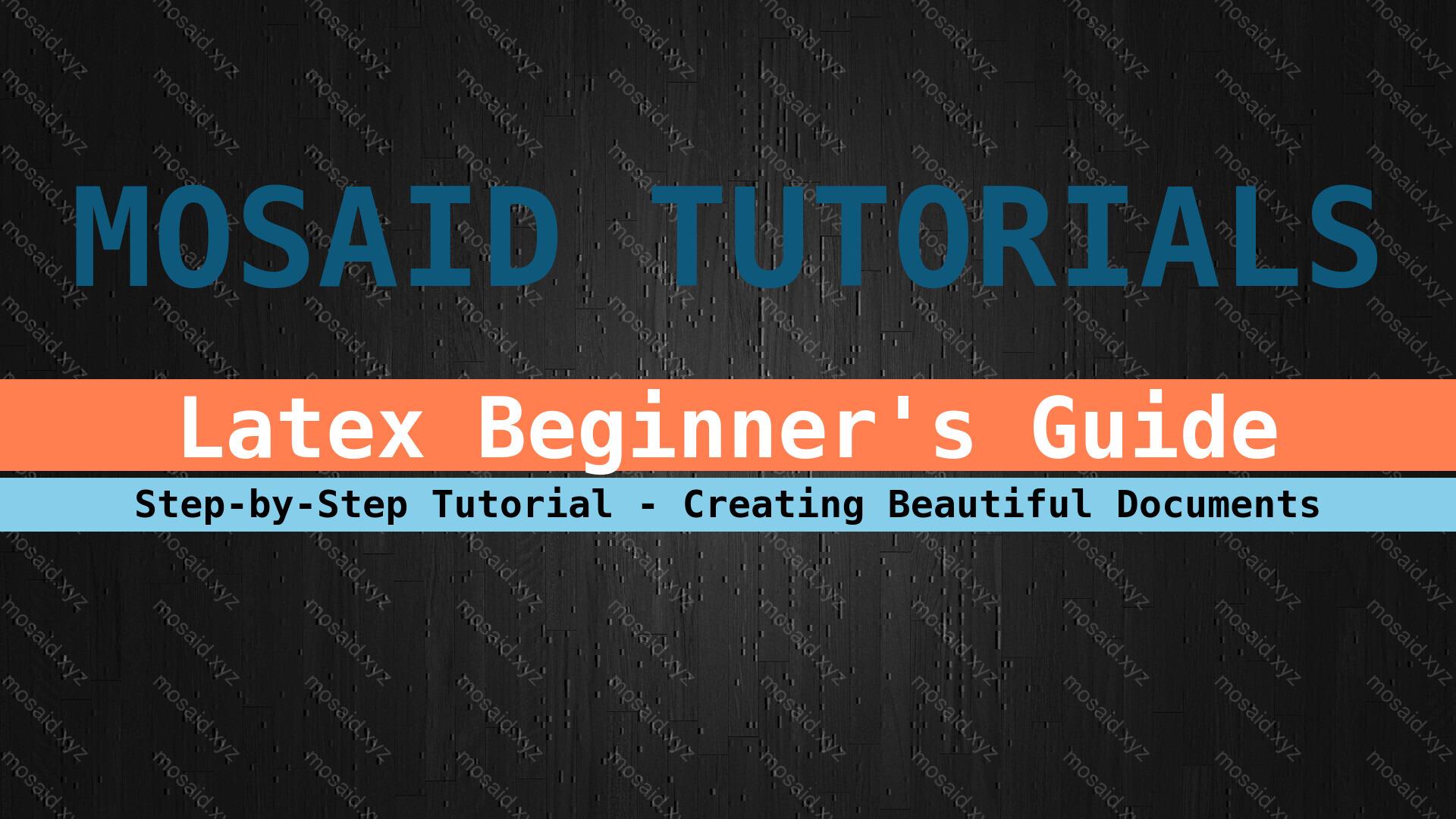
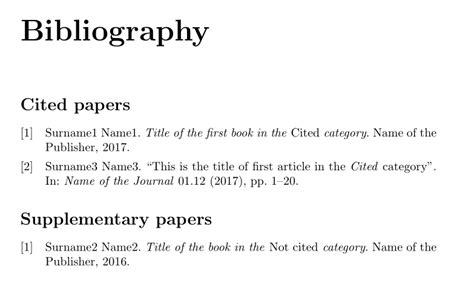
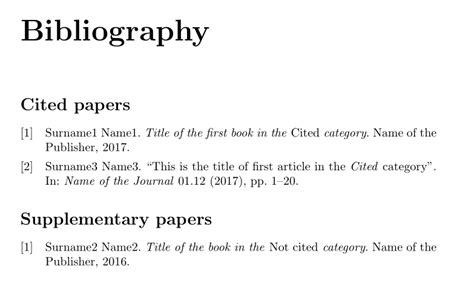





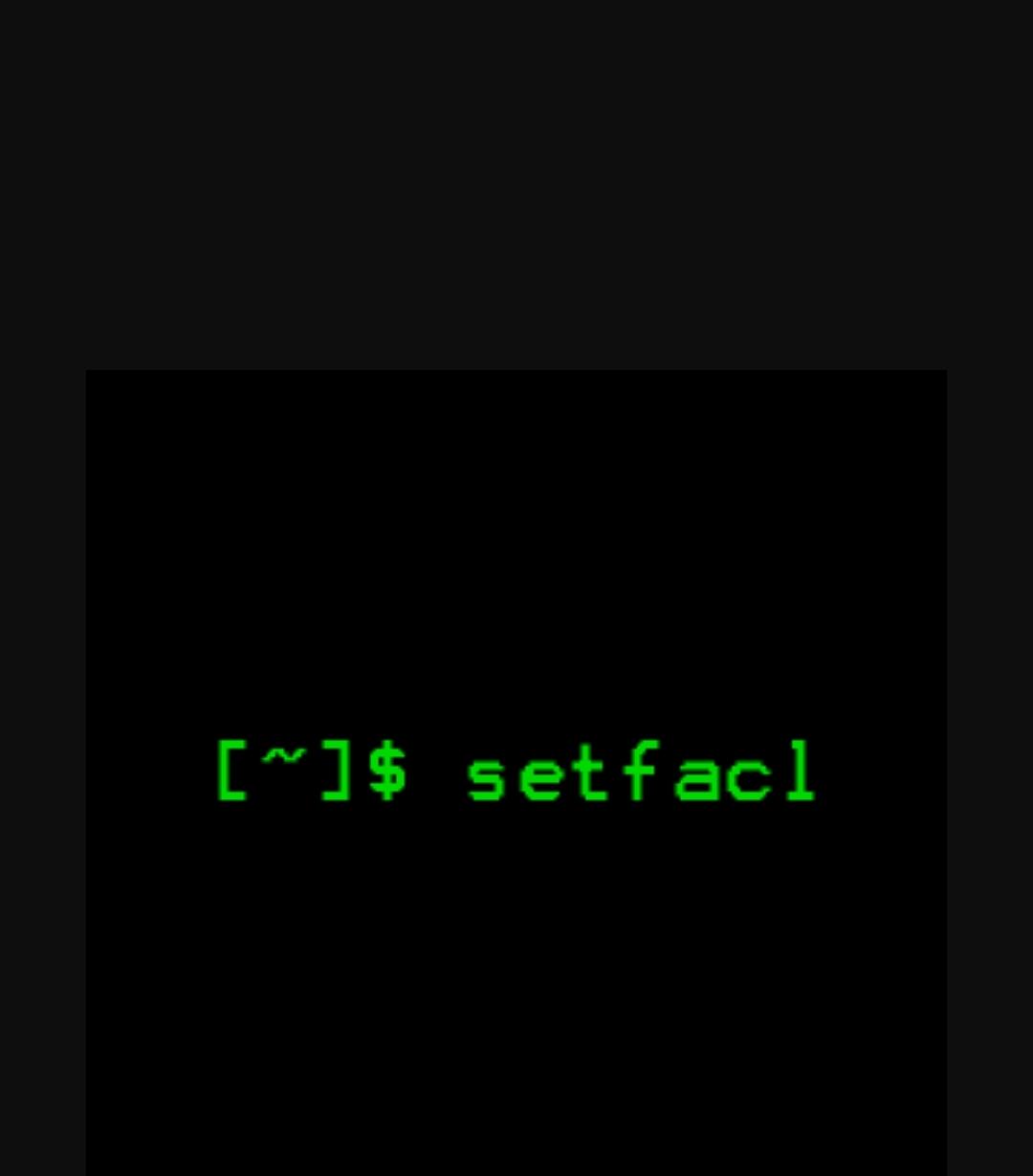

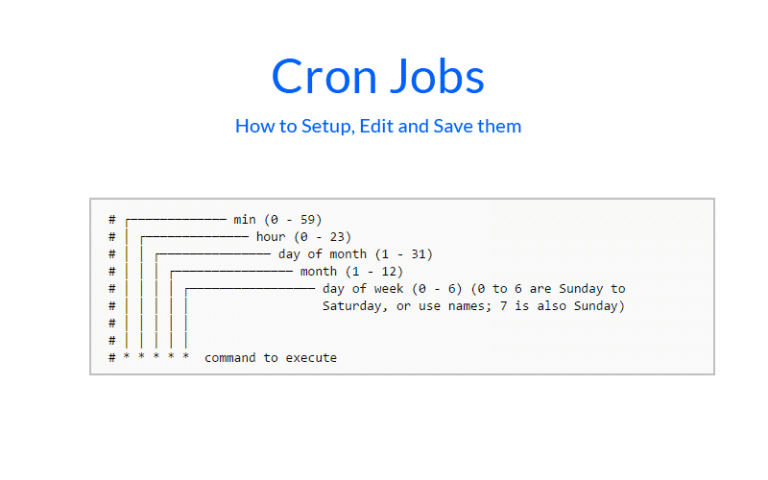


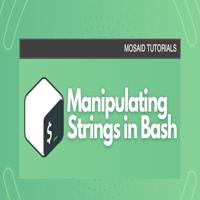

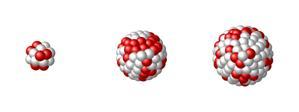
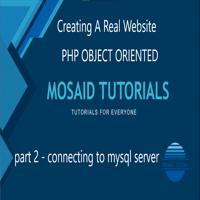
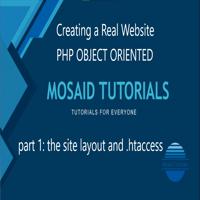
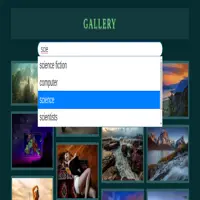
0 Comments, latest
No comments.